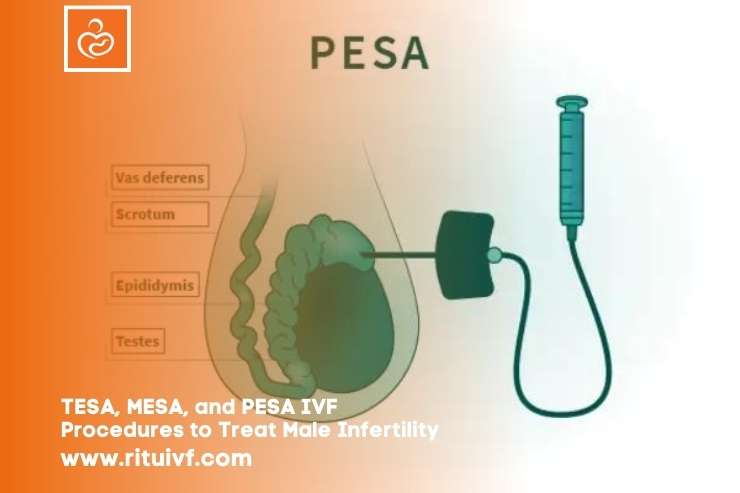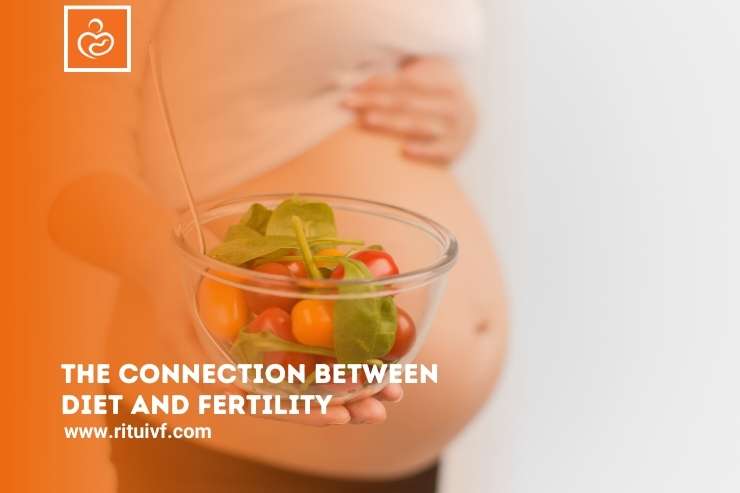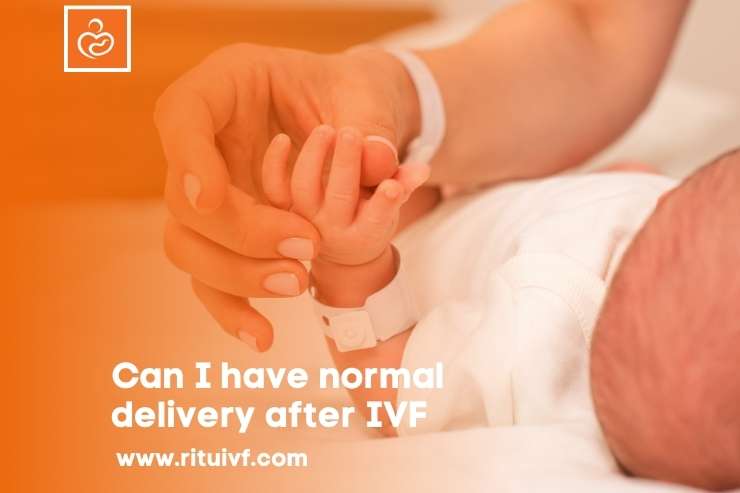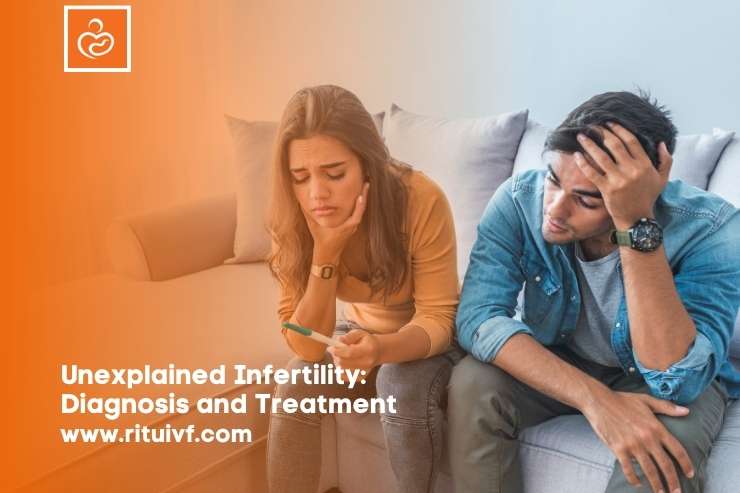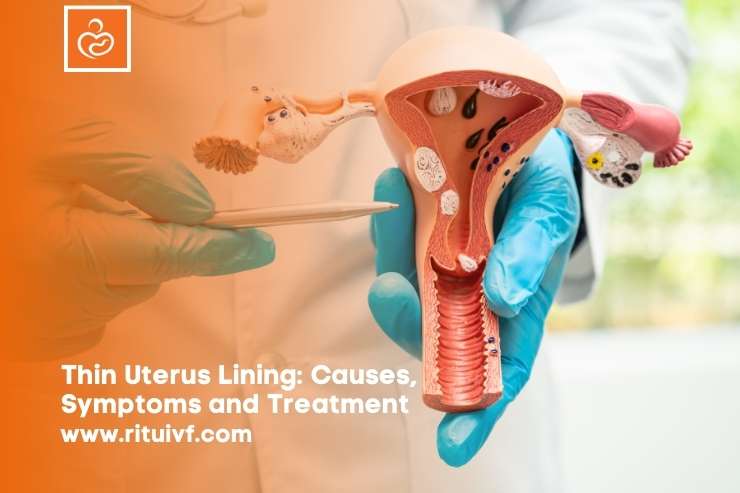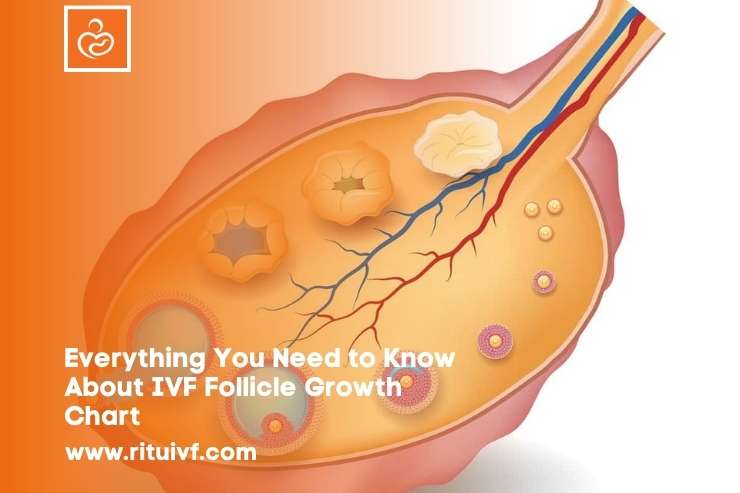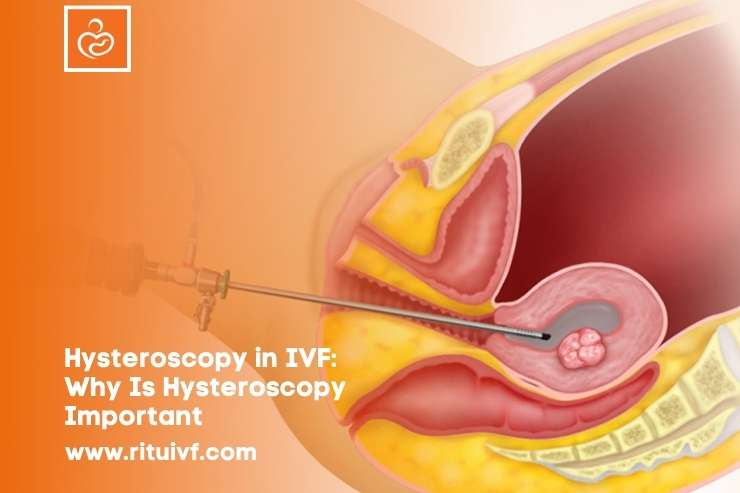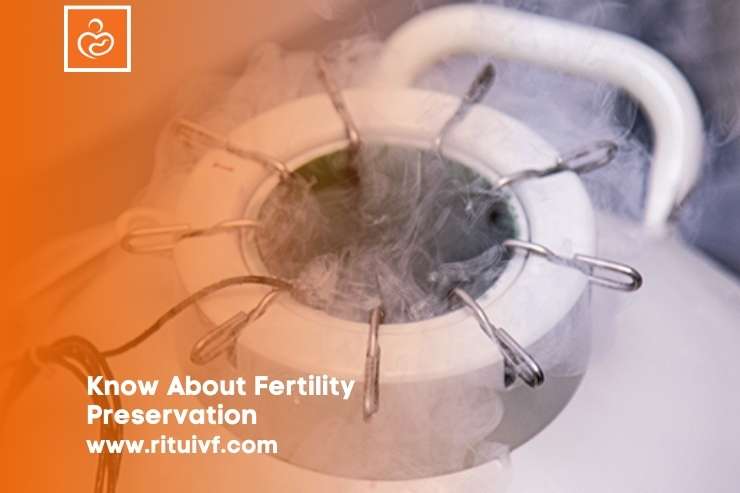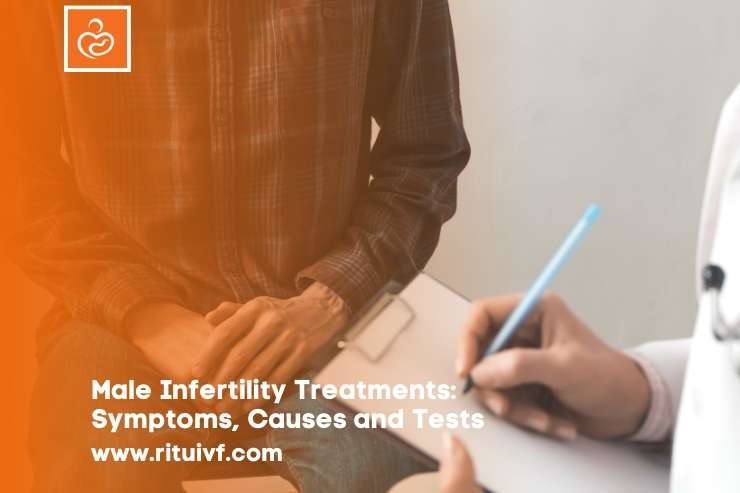Millions of couples around the globe are dealing with infertility and it affects their physical and emotional well-being. If the reason why you are unable to become a parent is male infertility, there are many treatment options available. Scientists have invented advanced reproductive technologies such as PESA IVF. But what does it mean and how effective is it in treating infertility issues? When do doctors perform this procedure? How is PESA IVF different from TESA IVF and MESA IVF? In this blog, we will tell you everything about PESA, TESA, and MESA IVF and how they can help you fulfill your dream of welcoming a baby.
PESA, MESA, and TESA IVF: An Overview
PESA, TESA, and MESA are the latest infertility treatments that involve retrieving sperm from the body of the male partner through surgical intervention. This kind of treatment is ideal for men with infertility.
PESA stands for Percutaneous Epididymal Sperm Aspiration and during the procedure, the fertility specialist collects the sperm directly from the epididymis with the help of a needle after making a small incision. So, it is a minimally invasive procedure that paves the path for a successful pregnancy.
TESA is the abbreviated form of Testicular Sperm Aspiration Procedure and it involves collecting seminal fluid by passing a needle into the patient’s testis. The semen is then suctioned out into a syringe which remains attached to the fine needle.
Microsurgical Epididymal Sperm Aspiration (MESA) is another surgical procedure and it is not the same as PESA and TESA. During MESA, an incision made in the person’s scrotum exposes the testis along with the epididymis. The doctor takes an operating microscope and identifies a single tube in the patient’s epididymis. Then sperm is aspirated and general anesthesia is necessary for MESA.
Benefits of PESA IVF
The following are the three main advantages of performing PESA IVF:
Minimally invasive:
PESA IVF is the simplest sperm retrieval procedure that does not take more than 10 minutes. As it is minimally invasive, the person can return home immediately after the completion of the procedure.
Success rates:
As the success rate is high, PESA IVF is worth considering as you have nothing to lose here.
Suitable for several cases:
PESA IVF is the perfect solution to multiple problems. Some of these are obstructive azoospermia, hormonal imbalances, and testicular failure.
When Do Doctors Recommend TESA/ MESA/ PESA IVF?
MESA, TESA, or PESA infertility treatment can be beneficial in certain conditions:
Obstructive azoospermia:
Even if there is no issue with sperm production, there can be some problems with the release of semen. This happens if there is a blockage in the reproductive tract. When there is an obstruction in the vas deferens (due to genetic reasons) or if the vas deferens is not present due to injury from a past surgery, PESA IVF can come to the rescue. In simple words, if somebody cannot release sperm naturally during coitus, they must undergo treatments for male infertility.
Non-obstructive azoospermia:
When doctors examine the semen quality, they find that some people have an extremely low number of sperm or nil sperm. This condition is called oligozoospermia. Then also, PESA IVF is a great treatment option.
Retrograde ejaculation:
Sometimes, instead of getting released, the sperm ends up traveling in the opposite direction and into the urinary bladder. Percutaneous Epididymal Sperm Aspiration can address this problem.
If a man who underwent vasectomy wants to become a father, It is a non-risky way of retrieving sperm which will be brought in contact with mature eggs in the lab.
PESA IVF Steps
The initial step to treat male infertility is a thorough semen analysis. The results will reveal if the semen is devoid of sperm and then the doctor may suggest retrieving sperm surgically from the man’s testicles. The PESA IVF procedure is usually performed in a fertility clinic after administering local anesthesia. Have a look at its step-by-step breakdown to get some idea about what to expect:
Preparation:
The doctor positions the patient comfortably and gives local anesthesia.
Needle Insertion:
The doctor takes a thin, sterilized needle and inserts it carefully through the scrotum.
Aspiration:
When the fine needle reaches the epididymis, semen is gently collected and this step is known as aspiration.
Sperm Analysis:
The doctor evaluates the retrieved sperm to know its motility and quality.
IVF Process:
To facilitate implantation, the doctor utilizes the sperm in the pre-decided IVF technique.
Success Rates of PESA IVF
Why are thousands of couples opting for PESA IVF? As opposed to conventional IVF alternatives, PESA IVF’s success rate is quite impressive. The success rate is between 30% and 60%.
Note: Irrespective of the fertility treatment you are undergoing, the success rate varies based on various factors such as the cause of infertility, sperm quality, age of the man and the woman, egg quality, and lifestyle. So, to increase the chances of egg fertilization through sperm retrieved via PESA IVF, doctors advise couples to eat nutritious foods, quit smoking and drinking, exercise regularly, keep stress at bay, and have intercourse during ovulation.
Is PESA IVF Painful?
Are there any side effects of PESA IVF?’ is a common question that people ask their doctors. As explained already, fine needles are used to collect sperm and so, there will be minimal discomfort. Most people can go to work and resume other daily activities in less than 48 hours. Even if you notice minor swelling or bruising around your scrotum, there is no need to worry as it will disappear automatically within a few days.
Parting Thoughts
So, it goes beyond saying that the PESA infertility treatments are not just minimally invasive but also extremely effective. This process of sperm retrieval is preferred by infertile couples as it offers them a ray of hope. Amazingly, the success rate makes PESA IVF a valuable option for people seeking to conceive. For the best results, make sure you consult an accomplished fertility specialist in your city.
